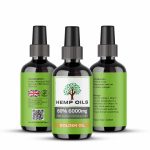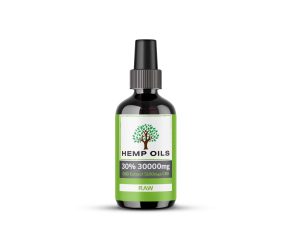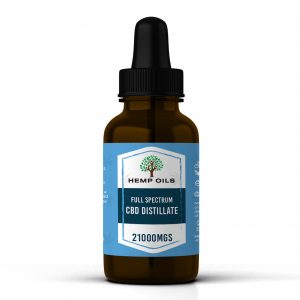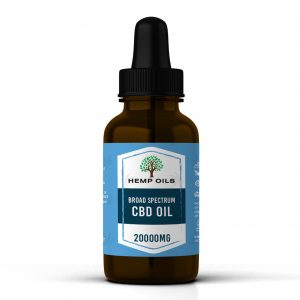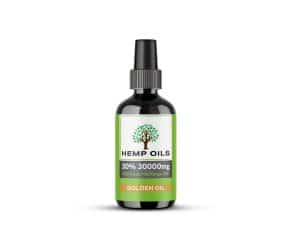===
Extracting CBD oil from hemp is a meticulous process that involves several steps and methods. CBD, or cannabidiol, is a compound found in hemp plants that has gained popularity for its potential therapeutic benefits. This article will delve into the process of extracting CBD oil from hemp, providing a step-by-step guide and exploring the various methods used. Additionally, we will discuss the science behind CBD oil extraction and its significance.
The Process of Extracting CBD Oil from Hemp
CBD oil extraction from hemp involves separating the CBD compound from the plant material and other components. This process typically begins with harvesting the hemp plants and drying them to remove excess moisture. Once dried, the plants are subjected to extraction methods to obtain the desired CBD oil.
Step-by-Step Guide to Extracting CBD Oil from Hemp
-
Harvesting: Hemp plants are harvested and carefully selected for optimal CBD content. The plants are cut at the base and transported to the extraction facility.
-
Drying: The harvested plants are dried to remove moisture, ensuring a higher concentration of CBD. This process can be done naturally or with the help of specialized drying equipment.
-
Grinding: Once dried, the plants are ground into a coarse powder using equipment like a hammer mill. This increases the surface area, making it easier for CBD extraction.
-
Extraction: There are multiple methods used for CBD extraction, including solvent-based extraction, CO2 extraction, and lipid extraction. Each method has its advantages and disadvantages, depending on factors such as efficiency, safety, and cost.
-
Purification: After extraction, the CBD oil may contain impurities or other unwanted compounds. Purification techniques, such as winterization or filtration, are used to remove these impurities and obtain a pure CBD oil.
-
Testing and Packaging: The extracted CBD oil is rigorously tested for quality, potency, and purity. Once it meets the required standards, it is packaged and made ready for distribution.
Exploring the Methods Used to Extract CBD Oil from Hemp
Solvent-based extraction is one of the most common methods used to extract CBD oil from hemp. It involves the use of solvents like ethanol or butane to dissolve the CBD compounds. However, this method may leave behind residues and require additional purification steps.
CO2 extraction, on the other hand, utilizes pressurized carbon dioxide to extract CBD. This method is highly efficient and produces a pure CBD oil. However, it requires specialized equipment and expertise, making it more expensive.
Lipid extraction involves using fats or oils to extract CBD from hemp plants. This method is less common but can be suitable for small-scale production. It is relatively simple and does not require any expensive equipment.
Understanding the Science Behind CBD Oil Extraction from Hemp
CBD oil extraction from hemp relies on the principle of solubility. CBD compounds are lipophilic, meaning they dissolve well in lipids or fats. This property allows extraction methods like lipid extraction to effectively isolate CBD from hemp plants.
Other extraction methods, such as CO2 extraction, utilize the properties of carbon dioxide. Under high pressure, CO2 acts as a solvent, extracting CBD without leaving any residues. This method takes advantage of CO2’s ability to transition between gas and liquid states, making it an ideal solvent for CBD extraction.
===
Extracting CBD oil from hemp involves a complex and precise process that requires careful attention to detail. From harvesting to extraction, each step plays a vital role in obtaining a high-quality CBD oil. By understanding the various methods and the science behind CBD oil extraction, researchers and manufacturers can continue to explore new techniques and advancements in this field. As the demand for CBD products continues to rise, the extraction process will undoubtedly evolve, ensuring the production of safe and effective CBD oil.
